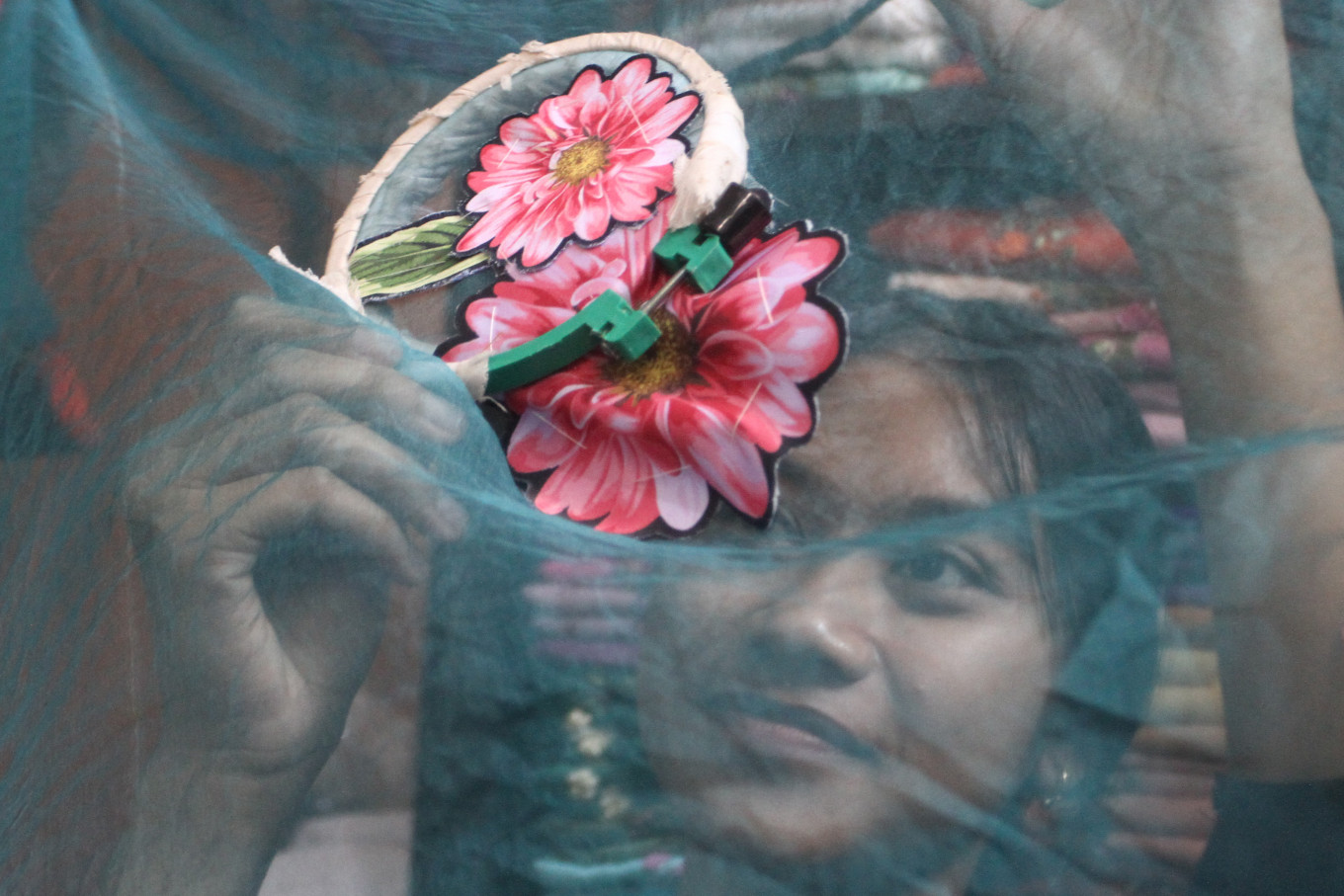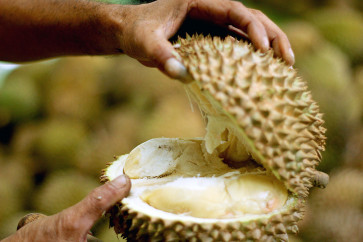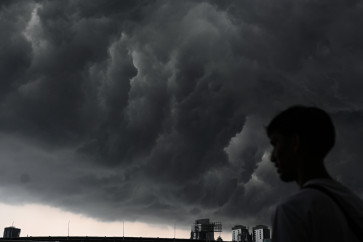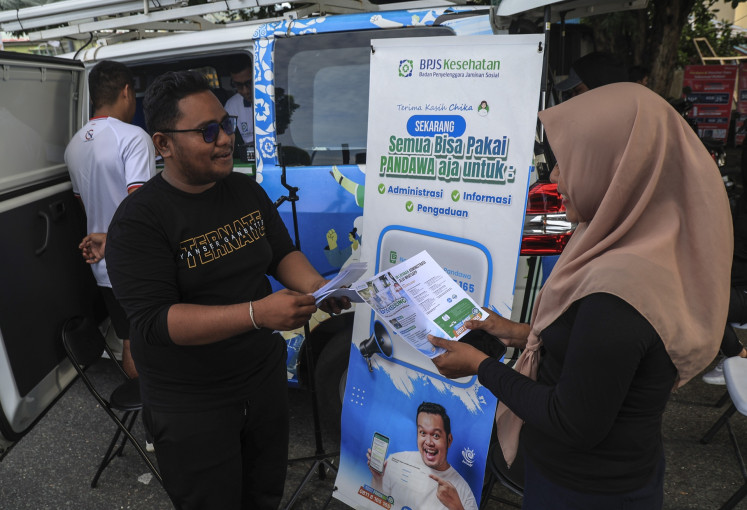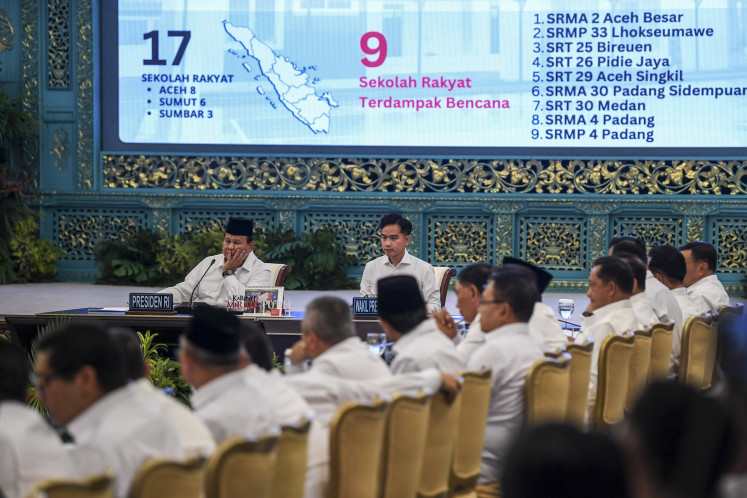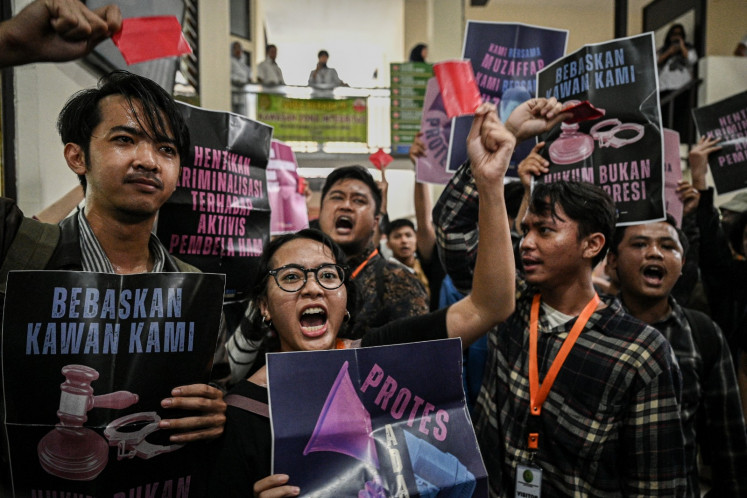Popular Reads
Top Results
Can't find what you're looking for?
View all search resultsPopular Reads
Top Results
Can't find what you're looking for?
View all search resultsThe right decision to separate Tourism and Creative Economy ministries
The separation presents an opportunity to address challenges and unlock the full potential of each sector.
Change text size
Gift Premium Articles
to Anyone
I
nterestingly, President Prabowo Subianto has separated what was previously unified during the previous administration. The former tourism and creative economy ministry was initially established during the second United Indonesia Cabinet in 2011. After one term in the Working Cabinet, then president Joko “Jokowi” Widodo set up the Creative Economy Agency in 2015. Later, in 2019, the agency was reintegrated with tourism. Prabowo’s decision to separate the tourism and creative economies into two different ministries in his cabinet deserves appreciation, as it shows the President views the creative economy as significant enough to be governed by a single ministry.
However, have we ever considered the confusion faced by the ministry staff whose job description and scope of responsibility now have to be separated again into two different ministries? This is especially true when it comes to work priorities, career development and program focus. Staff must continuously adapt to changes in policy direction and organizational structures, which disrupt productivity and reduce operational efficiency.
From Mauro Guillen's perspective in The Perennials: The Megatrends Creating a Postgenerational Society, there are some insights into understanding and leveraging the social, economic and technological changes expected by 2030, which can be relevant in the context of separating the Tourism and Creative Economy ministries. To the post-generational mindset, policies that are inclusive and innovative should be based on interests, values and cross-generational behavior patterns.
Guillen predicts that by 2030, urbanization will continue, increasing the demand for unique experiences in major cities. The fusion of culture and creativity with urban tourism can create synergies and collaboration between these two ministries. The #NewEngineofGrowth campaign launched by the Creative Economy Ministry is a step in the right direction. Guillen highlights that the creative economy will become a pillar of global growth by 2030.
This new ministry is expected to take a more serious approach to building ecosystems for creative economy players as drivers of technological innovation, such as AI in tourism or non-fungible tokens (NFTs) for cultural heritage preservation. One crucial aspect that should be highlighted is sustainability. Sustainable creative economy products must support responsible tourism to meet the needs of environmentally conscious future travelers. Sustainability issues have already been included in the 2025-2029 National Medium-Term Development Plan (RPJMN), demonstrating the government's commitment to ensuring that the development of the tourist and creative economy sectors considers environmental and social sustainability.
Integrating these two sectors under one ministry in the past brought mutual benefits but also posed significant challenges. The separation presents an opportunity to address these challenges and unlock the full potential of each sector.
The first is focused policy development. While interconnected, tourism and the creative economy have different objectives and require tailored strategies. Destination management and attracting tourists fall under tourism, while intellectual property and innovation are the realms of the creative economy.
Second is budget efficiency. Conflicts in prioritization often arise when budgeting for these two dynamic sectors under one umbrella. The hope is that two separate ministries can ensure transparency and efficient budget allocation so that neither sector is neglected.
The third is enhancing global competitiveness. South Korea and the United Kingdom are examples of countries where separating tourism and the creative economy has led to success.
In the end, this separation gives Indonesia a renewed chance to craft its narrative on a global stage. Just as I am motivated to share Indonesia's rich heritage and untapped potential with the world, the creation of two distinct ministries reflects the country’s effort to tell its story more effectively, focusing on both its cultural treasures and its creative innovations while ensuring that both sectors have the room to thrive independently.
Of course, separation after integration requires significant time, resources and effort. Accountability is crucial to avoid overlapping duties and responsibilities. These two ministries are expected to collaborate effectively so that in the future, there will no longer be doubts about whether these entities should remain separate or be merged again.
---
The writer is a student of tourism and hospitality management at Silk Road International University of Tourism and Cultural Heritage in Samarkand, Uzbekistan.

